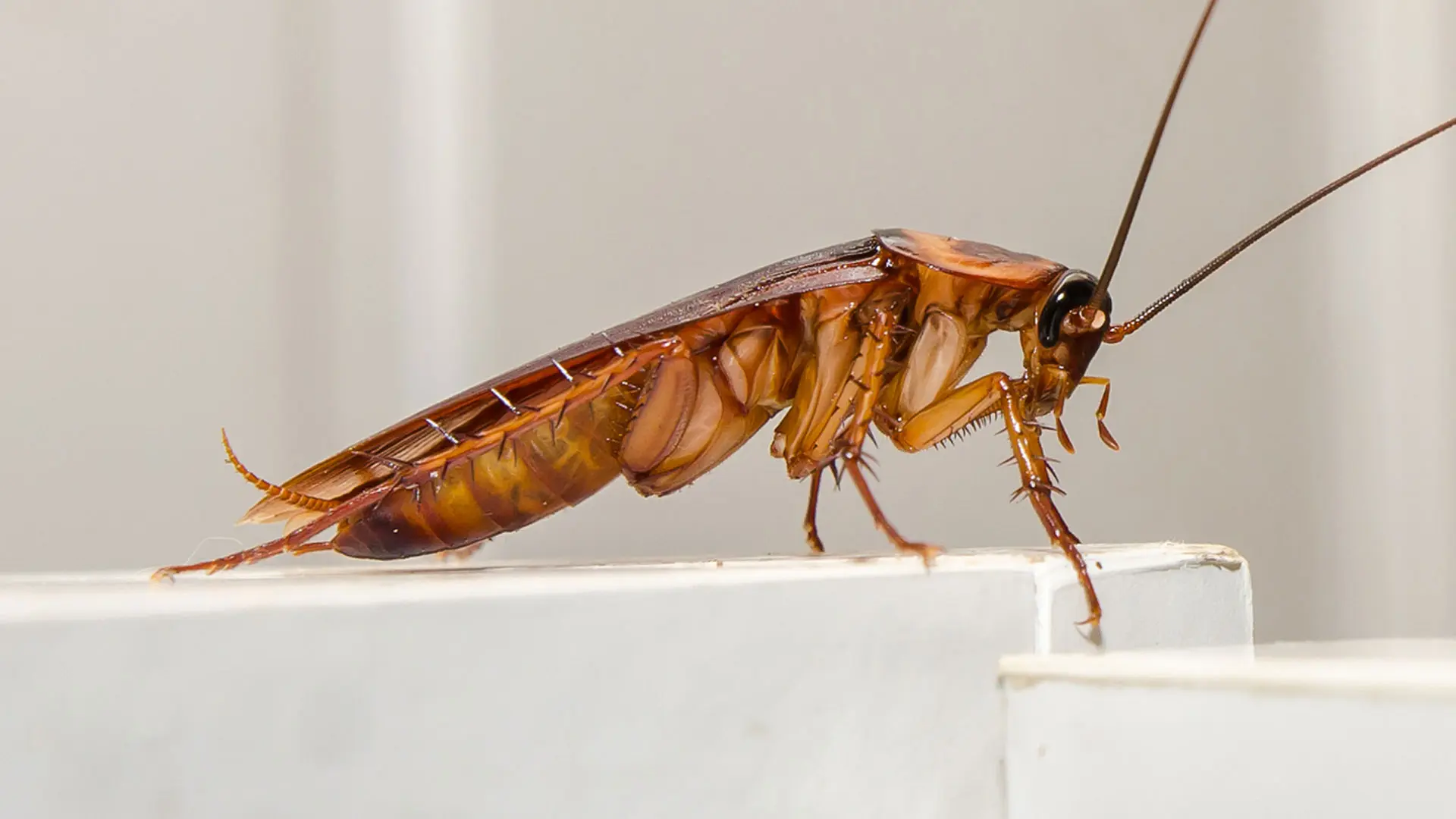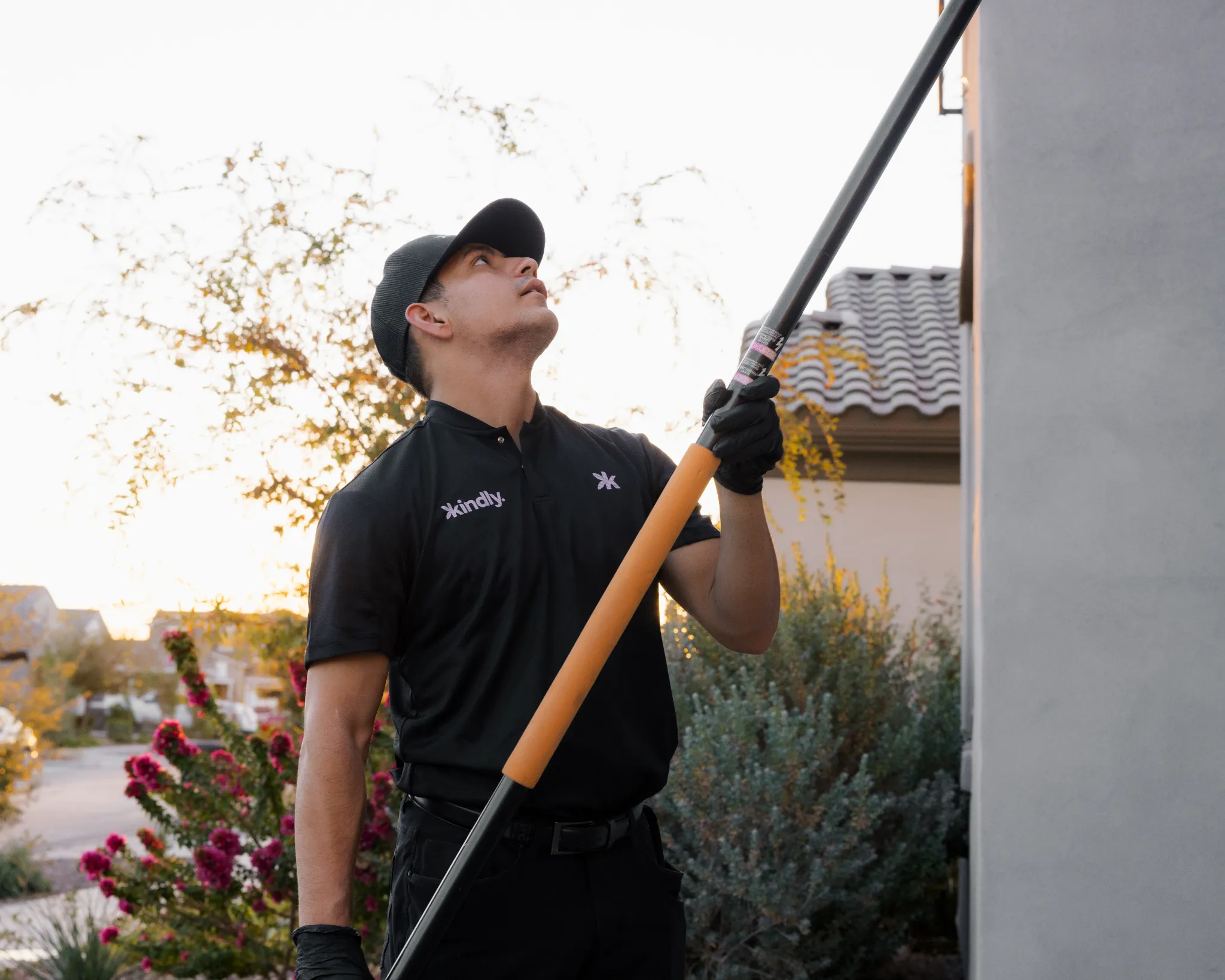Comprehensive Guide to Cockroach Identification & Prevention in Phoenix: Insights and Practical Strategies for Effective Pest Management
This article delves into the intricate world of cockroach identification and prevention, specifically tailored for residents of Phoenix. By exploring the various species prevalent in the region, their behaviors, and effective pest management strategies, readers will gain invaluable insights into safeguarding their homes.
With a focus on practical guidance and comprehensive information, this piece equips homeowners and renters alike with the knowledge needed to combat these resilient pests effectively.

Understanding Cockroaches
Overview of Cockroach Species
Cockroaches are resilient pests that can thrive in various environments, making them a common concern for homeowners in Phoenix. Understanding the different species is crucial for effective pest control.
American Cockroach: Characteristics and Habitat
The American cockroach (Periplaneta americana) is one of the largest species found in urban areas. It can grow up to 3 inches long and is reddish-brown with a yellowish margin on its thorax. These cockroaches prefer warm, moist environments and are often found in basements, sewers, and kitchens. Their ability to fly allows them to invade homes easily, especially during warmer months.
German Cockroach: Identification and Behavior
The German cockroach is smaller, typically measuring about 1.5 inches in length. It is light brown with two dark stripes running down its back. This species is notorious for its rapid reproduction, leading to significant cockroach infestations if not controlled promptly. German cockroaches are commonly found in kitchens and bathrooms, where they can easily access food and water.
Oriental Cockroach: Distinct Features and Preferences
The Oriental cockroach is often referred to as the “water bug.” It is dark brown to black and can reach up to 1.5 inches in length. Unlike other species, it prefers cooler, damp areas, making it a common sight in basements and drains. Its presence can indicate moisture issues within the home.
Brown-Banded Cockroach: Identification and Common Areas
The brown-banded cockroach is smaller, measuring about 1 to 1.5 inches. It is characterized by its light brown color and the two distinct bands across its wings. This species is often found in warmer areas of the home, such as living rooms and bedrooms, and is known to thrive in dry environments.
Identifying Cockroach Infestations in Your Home
Recognizing the signs of a cockroach infestation is crucial for timely intervention.
Signs of Infestation
Visual Indicators: Sightings and Droppings
One of the most apparent signs of a cockroach infestation is the sighting of live or dead cockroaches. Additionally, their droppings, which resemble coffee grounds or black pepper, can often be found in areas where they frequent.
Odor Detection: Musty Smells and Their Implications
A musty odor in your home can indicate a significant cockroach presence. This smell is often associated with their droppings and secretions, which can affect indoor air quality.
Nesting Habits: Where to Look for Evidence
Cockroaches tend to nest in dark, hidden areas. Common nesting sites include behind appliances, inside cabinets, and in wall voids. Regular inspections of these areas can help identify potential infestations early.
Effective Prevention Strategies for Cockroach Control
Taking proactive measures can significantly reduce the likelihood of a cockroach infestation in your home.
Home Maintenance Tips
Sealing Entry Points: Windows, Doors, and Cracks
To prevent cockroaches from entering your home, it is essential to seal any potential entry points. This includes checking windows, doors, and cracks in walls. Using caulk or weather stripping can effectively block these access points.
Proper Food Storage: Best Practices to Avoid Attraction
Cockroaches are attracted to food sources. Storing food in airtight containers and promptly cleaning up spills and crumbs can help deter these pests. Regularly disposing of garbage and keeping pet food covered are also effective strategies.
Regular Cleaning: Importance of Hygiene in Pest Prevention
Maintaining a clean home is vital for pest prevention. Regular vacuuming and cleaning of surfaces can eliminate food particles and potential nesting sites, making your home less inviting to cockroaches.
Professional Pest Management Solutions
Sometimes, despite best efforts, cockroach infestations can become overwhelming. In such cases, seeking professional help may be necessary.
When to Seek Professional Help
Assessing the Severity of Infestation
If you notice a significant increase in cockroach sightings or signs of infestation, it may be time to consult with pest control services. A professional can assess the situation and recommend appropriate cockroach pest control measures.
Benefits of Professional Treatments vs. DIY Methods
While DIY methods can be effective for minor issues, professional pest control offers comprehensive solutions that address the root of the problem. Experts have access to advanced treatments and can provide ongoing monitoring to prevent future infestations.
Choosing the Right Pest Control Service in Phoenix
When selecting a pest control service in Phoenix, consider factors such as experience, customer reviews, and the types of services offered. Companies like Kindly Pest Control specialize in effective cockroach control and can tailor their approach to your specific needs.
By understanding cockroach species, identifying signs of infestations, implementing prevention strategies, and knowing when to seek professional help, residents of Phoenix can effectively manage and prevent cockroach issues in their homes.

Fast Response Time
We know how inconvenient pests are, so we respond quickly and provide service within 24 hours.

Kindly Pest Guarantee
We stand by our work with free re-services. If pests return between your scheduled services, we’ll come back at no cost.

Comprehensive Pest Coverage
Our protection program covers more than just the “easy” pests. We handle 29 of the most common household pests.